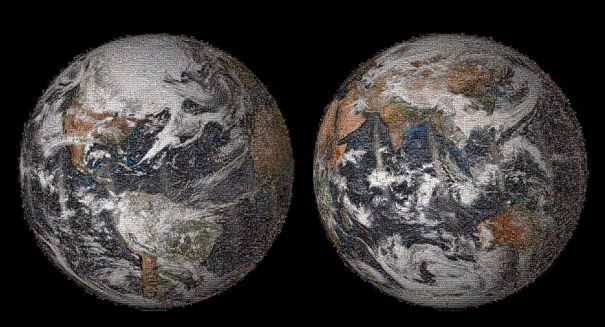-
Tips for becoming a good boxer - November 6, 2020
-
7 expert tips for making your hens night a memorable one - November 6, 2020
-
5 reasons to host your Christmas party on a cruise boat - November 6, 2020
-
What to do when you’re charged with a crime - November 6, 2020
-
Should you get one or multiple dogs? Here’s all you need to know - November 3, 2020
-
A Guide: How to Build Your Very Own Magic Mirror - February 14, 2019
-
Our Top Inspirational Baseball Stars - November 24, 2018
-
Five Tech Tools That Will Help You Turn Your Blog into a Business - November 24, 2018
-
How to Indulge on Vacation without Expanding Your Waist - November 9, 2018
-
5 Strategies for Businesses to Appeal to Today’s Increasingly Mobile-Crazed Customers - November 9, 2018
China’s Greenhouse Gas Emissions Overestimated by global Agencies
On the other hand, the team revealed that China’s with a population of 1.4 billion has grew in its energy consumption nearly 10% faster during 2000-12 than reported by its national statistics.
Advertisement
That rate of expansion has fallen away but this reliance on coal means that China’s emissions of carbon dioxide topped the rest of the world for the first time back in 2007, a position it has retained ever since. Emission factor refers to the amount of greenhouse gas produced relative to units of fuel burned.
The study pins the reason for the overestimation on conflicting estimates for the level of emissions that come from China’s specific mix of fossil fuel power sources. It found that the country emitted around three gigatonnes of carbon less than previous estimates over the period 2000 to 2013.
According to Canadell, cement production accounts for about 5% of global greenhouse emissions, but because China is “building so much” it is a much bigger fraction.
But almost three-quarters of the growth in global carbon emissions from the burning of fossil fuel and cement production between 2000 and 2012 still occurred in China, the study said. Even when the lower estimate is taken into account, China’s carbon output for 2013 is still more than two-thirds higher than that of the United States, the second-largest emitter.
The new findings are a positive step towards accurately measuring emissions, but their effect on climate policy requires acknowledging the negatives – China’s rapidly growing energy needs.
“Good accounting is hard enough for a single factory, but for a nation the size of China the sheet number and diversity of emissions sources” makes it a monumental task, said Dave Reay, a professor of carbon management at the University of Edinburgh.
The new estimate, however, does not change China’s rank as the world’s top carbon polluter. While China is the largest producer of carbon dioxide on the planet, a new report indicates the country’s emissions may have been overestimated. They found that the Chinese coal produced 40% less carbon than global agencies assumed. The factors were overlooked when making emissions inventories by the IPCC.
Nor does it change the overall climate picture – scientists have long tracked the atmospheric increase in heat-trapping carbon dioxide with great precision. She said there were a lot of uncertainties in Chinese data, especially given discrepancies between national and provincial figures.
“More cheaper poor quality coal was supplied in 2013 as the industry was hit by lower demand in China”, said Jiang Kejun of the Energy Research Institute, a government think tank.
Atmospheric carbon dioxide concentrations have continued rising globally, and the study doesn’t address how its results square with those increasing carbon emissions, Trenberth said. “There is still a lot of work to do”, says Le Quéré, who co-leads the publication of annual updates of emissions for the Global Carbon Project.
These factors, provided by the Intergovernmental Panel on Climate Change (IPCC), are usually averages based on assumptions about the type of coal being used.
Advertisement
Researchers say the take-away here is that we get a more accurate measure of what is happening and can improve the projections for climate change and make better informed policy decisions.





























